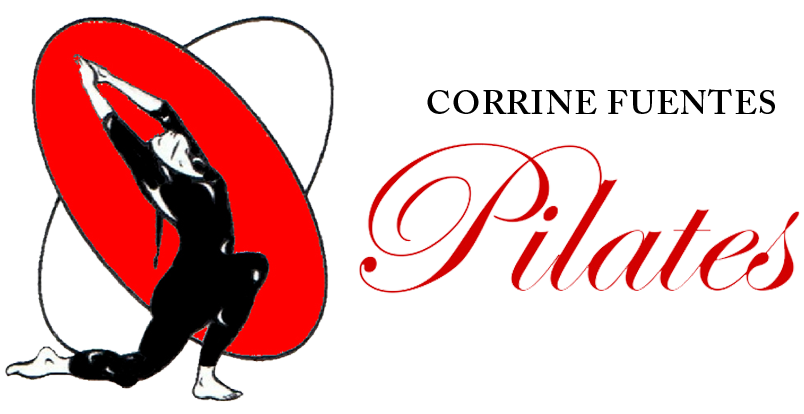What is Pilates?
Pilates is an exercise method based on the principle that before working the peripheral parts of the body, the core needs to be strong and stable. The method helps you sense your whole body during exercise so that you feel stimulated, challenged and focused after a workout. It is designed to challenge both the mind and the body.
Pilates is performed on a mat or special equipment, such as the reformer, and encompasses more than 500 exercises that simultaneously stretch and strengthen the muscles. It is recommended by doctors, physical therapists and fitness experts, and can be practiced by individuals of all ages and fitness levels.
The method was developed by Joseph Pilates, who suffered various ailments as a child and committed himself to physical conditioning in order to overcome them. He became competitive in many sports as he developed his series of exercises and by the 1940s, athletes and dancers were flocking to his New York City studio. Today’s devotees include ballerinas, tennis and golf pros, as well as football stars.
Why Pilates Works
Pilates is effective because it teaches us that quality of movement, rather than quantity, gets results. Physical changes occur when we begin to understand how our muscles and bones work together and train them for efficient body mechanics. We learn that we must work with, not against, our bodies.
How Pilates Works
Pilates is a low-impact, high-energy exercise with precise movements that affect both the body and mind. As you achieve a mind-body connection, you achieve the next level of physical accomplishment and become aware of your core. This allows for release of tension, which in turn allows for the correct muscles to begin supporting your body properly. Proper support allows for strong fluid movement, enabling an active lifestyle which further aids overall health.
Benefits of Pilates
Like many exercise regimens, Pilates has been known to flatten the stomach, slim the body and improve posture. But more important than reshaping your body for mere looks, practicing Pilates has also been known to relieve hip, back, shoulder and neck pain; lower blood pressure; improve cholesterol; regulate blood sugar; and aid in overcoming depression and addition.
Results you may see from a regular Pilates practice include:
Improved balance, breathing and posture
Release of tension in muscles and joints
Increased overall strength
Learn safe and effective movement mechanics
Move mindfully throughout your day
Feel centered and connected so you can be at your best every day
Who Benefits from Pilates
If adapted correctly, Pilates exercises work for just about anyone. The method promotes physical harmony and balance for people of all ages and physical conditions. Regardless of your current level of activity — whether you’re sedentary or a fitness enthusiast — Pilates can become your primary mode of body conditioning.
Pilates can be integrated into rehabilitative exercises and physical therapy programs, and is endorsed by physical therapists, chiropractors and orthopedists. It can also be beneficial and safely used during pregnancy.
Principles of Pilates
Concentration
Control
Centering
Breathing
Fluid movement
Skeletal alignment
Precision
Release

